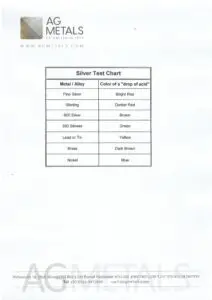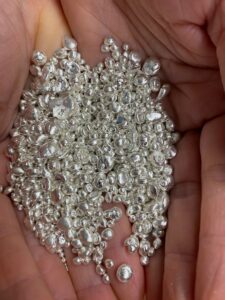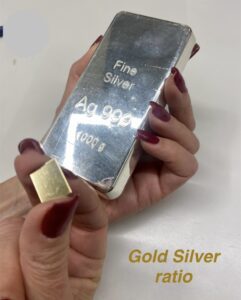Assay – Fire Assay vs. ICP in Assaying of Gold
Assaying is the process of analyzing the composition and purity of precious metals, such as gold, silver, and platinum. It is a critical step in the production and trade of these metals. There are various techniques used in assaying, and two of the most commonly used methods for gold are the fire assay and ICP assay.
Fire assay is a traditional method that has been used for hundreds of years. It involves melting a small sample of the gold in a cuple, which is a small, porous cup made of bone ash. The cuple absorbs impurities, leaving behind a button of pure gold. The button is then weighed, and the purity of the gold is calculated based on the weight of the button and the original sample.
ICP (Inductively Coupled Plasma) assay is a more modern technique that uses spectroscopy to determine the composition of a sample. The sample is dissolved in acid and then sprayed into an ICP machine, which ionizes the elements in the sample. The machine then measures the intensity of the light emitted by each ion, which allows the composition of the sample to be determined.
While both methods can be used to assay gold, fire assay is considered the more accurate method for determining the purity of the metal. This is because fire assay is better at removing impurities from the sample, and it is less susceptible to interference from other elements that may be present in the sample. ICP assay, on the other hand, gives more information on all other alloy components and is commonly used for routine analysis of gold samples. ICP equipment is more expensive and requires trained staff.
In summary, while both fire assay and ICP assay can be used for assaying gold, fire assay is considered the more accurate method for determining the purity of the metal, while ICP method commonly used for routine analysis as it gives wider picture of alloy components which one might need for environmental issues. Most small refiners that treat only gold and silver usually prefer the fire assay method.






